

How to Maximize Vegetable Yields with Companion Planting
Introduction
In the world of gardening, plants can be more than just pretty faces. They can be your allies, working together to boost growth, repel pests, and enrich the soil. Welcome to the fascinating realm of companion planting! This method not only spices up your garden but also unleashes the full potential of your vegetable patch. Imagine tomatoes thriving alongside basil, or beans enriching the soil for corn; it’s like a botanical symphony where every plant plays a vital role.
Using companion planting, you can create a vibrant, harmonious garden. This technique dates back thousands of years, with practices observed in traditional agriculture. It’s all about planting compatible species in close proximity. By doing this, you can improve yields, deter pests, and promote healthier plants. To get started, consider investing in the Organic Vegetable Gardening: A Beginner’s Guide, which provides essential tips for starting your garden.
Ready to dig in? Let’s explore how to maximize your vegetable yields with the art and science of companion planting! You’ll learn how to pair plants for optimal growth, discover which combinations ward off pests, and find out how to improve soil health naturally. The secret lies in understanding the relationships between plants. Stick around, and your garden will flourish like never before!
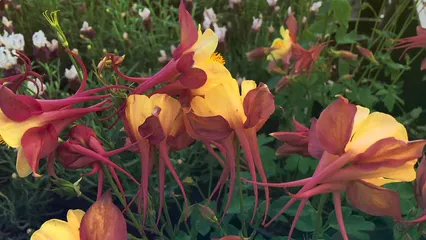
Summary
Companion planting is more than a gardening trend—it’s a time-tested strategy that can revolutionize your vegetable garden. By understanding the relationships between different plants, you can create a thriving ecosystem that benefits everyone involved. This article will cover the principles of companion planting, its myriad benefits, and practical strategies to implement it in your own garden.
You’ll discover how to pair plants for optimal growth, learn which combinations can ward off pests, and find out how to improve soil health naturally. From the classic “Three Sisters” method of planting corn, beans, and squash together to the popular duo of tomatoes and basil, companion planting is about creating harmony in your garden. For a deeper dive into these methods, check out The Garden Primer by Barbara Damrosch.
We’ll provide you with a comprehensive list of beneficial plant pairings, highlight what to avoid, and guide you through planning your garden layout for maximum yield. The goal is not just to grow vegetables but to cultivate a flourishing ecosystem that will reward you with bountiful harvests year after year. Curious about which plants are best friends and which are foes? Stick around as we dig deeper into the art of companion planting!

What is Companion Planting?
Companion planting is a gardening technique that involves growing different plants together to enhance their growth and productivity. The concept has historical roots, dating back thousands of years. Indigenous peoples, like Native Americans, famously used this method. They cultivated the “Three Sisters”—corn, beans, and squash—together to create a mutually beneficial ecosystem. Corn provides a support structure for beans to climb, while beans fix nitrogen in the soil, enriching it for corn and squash, which act as a natural ground cover to suppress weeds.
The key principles of companion planting hinge on mutual benefits. Different plants can complement each other in several ways. For instance, aromatic herbs like basil can repel pests that threaten more vulnerable plants, such as tomatoes. This synergy extends to trap cropping, where one plant is used to attract pests away from more valuable crops. This clever tactic not only protects your main harvest but also minimizes the need for chemical pesticides. To learn more about companion planting strategies, consider getting the Mother Earth News Companion Planting Guide.
Biodiversity plays a crucial role in companion planting. A diverse garden creates a balanced ecosystem that can withstand pests and diseases more effectively. When various plants are intermingled, they support beneficial insects and pollinators, which are vital for a thriving garden. This practice not only improves pest management but also enhances soil health and fertility, as different plants contribute to nutrient cycling.
Companion planting is significant in sustainable gardening practices. It reduces reliance on synthetic fertilizers and pesticides, promoting a more natural approach to gardening. This technique can lead to healthier plants, increased yields, and a more resilient garden overall. By thoughtfully selecting plant combinations, gardeners can create an environment where plants thrive together, ensuring a bountiful harvest with less effort. So, whether you’re a seasoned gardener or a newbie, consider embracing companion planting to elevate your gardening game!

Benefits of Companion Planting
Improved Growth and Yields
Companion planting can significantly enhance growth rates and the quality of fruits and vegetables. Specific pairings create a nurturing environment that encourages plants to flourish. For instance, the dynamic duo of tomatoes and basil is a classic example. Basil not only repels aphids and other pests but also enhances the flavor of tomatoes. When planted together, they not only look good but also produce better yields—it’s a win-win!
Another excellent pairing is corn and beans. Beans, especially pole beans, provide vital nitrogen to the soil, essential for the growth of corn. This nitrogen-fixing ability means that corn planted near beans tends to grow taller and healthier. These partnerships ensure that each plant supports the others, resulting in a more productive garden. If you’re looking for a hands-on approach, consider using a Raised Bed Gardening for Beginners guide.
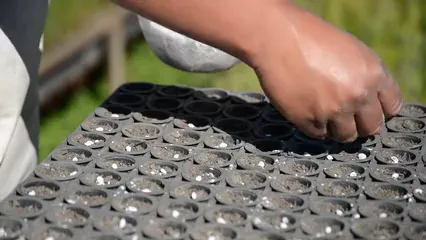
Pest Control
Natural pest control is one of the standout benefits of companion planting. Certain plant combinations can repel harmful pests or attract beneficial insects that prey on them. For example, marigolds are famous for their ability to attract ladybugs and lacewings, both of which feast on aphids. By planting marigolds near vulnerable crops, you can create a protective barrier that reduces pest damage. To enhance your pest control efforts, consider using Organic Pest Control Spray.
Additionally, planting garlic among your vegetables can deter a range of pests, including aphids and spider mites. The strong scent of garlic masks the more delicate aromas of other plants, confusing pests. By strategically incorporating these plants into your garden, you can minimize pest problems and reduce the need for chemical insecticides.
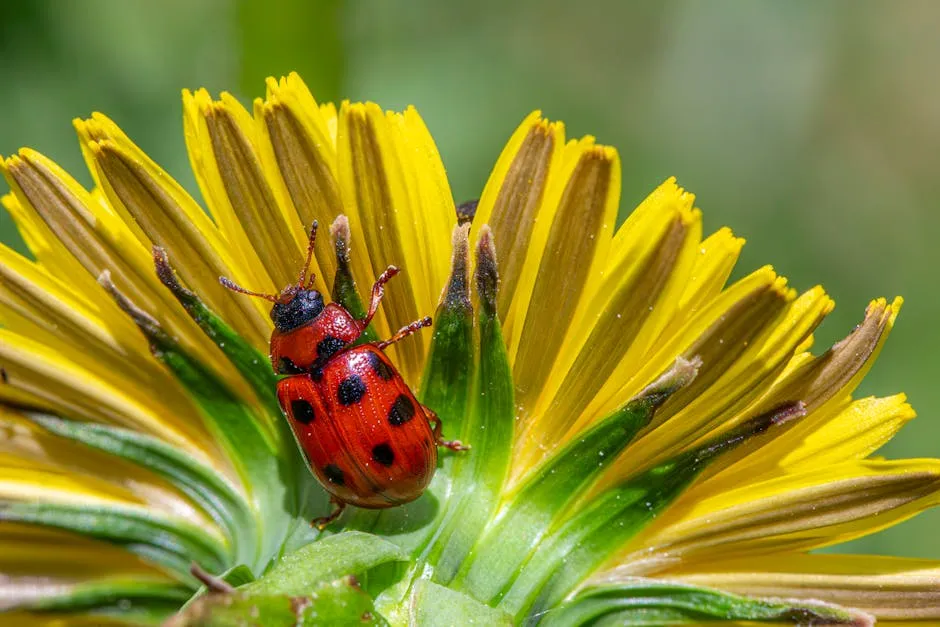
Soil Health
Companion planting also contributes to improved soil health. Certain plants, particularly legumes like beans and peas, have the unique ability to fix nitrogen from the atmosphere into the soil. This process enriches the soil and provides essential nutrients for heavy feeders like corn and tomatoes. For more insights on improving soil health through gardening practices, check out composting basics for improving soil health.
Moreover, deep-rooted plants can help aerate the soil, improving its structure and drainage. For instance, planting carrots alongside crops like cabbage can benefit both. The carrots’ deep roots break up compacted soil, allowing other plants to access nutrients and moisture more effectively. To track your soil health, consider using a Soil Moisture Meter.
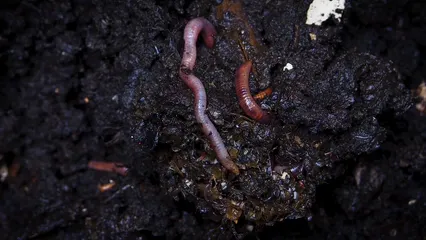
Maximizing Space
Efficient use of space is another advantage of companion planting. By strategically placing plants that complement each other’s growth habits, you can maximize your garden’s productivity. A well-known example is the “Three Sisters” method, which combines corn, beans, and squash. Corn acts as a trellis for climbing beans, while squash provides ground cover, suppressing weeds and retaining moisture for all three plants.
This method not only optimizes vertical space but also allows for a diverse range of crops to be grown in a small area. By thinking creatively about plant pairings, you can cultivate a vibrant garden that yields more produce while utilizing every inch of available space. This approach is particularly beneficial for urban gardeners or those with limited gardening areas, ensuring that every plant plays a role in the overall ecosystem. For more tips on maximizing garden space, refer to square foot gardening method for maximizing space.
In summary, companion planting offers numerous benefits, from improved growth and yields to natural pest control and enhanced soil health. By understanding the relationships between different plants, you can create a thriving garden that not only looks beautiful but also functions as a self-sustaining ecosystem.

Practical Tips for Implementing Companion Planting
Planning Your Garden Layout
To maximize vegetable yields using companion planting, start with a solid garden layout. Square foot gardening is a fantastic method that allows you to efficiently utilize your space. Divide your garden into small squares, typically one foot by one foot, and assign different plants to each square. This technique helps prevent overcrowding and makes it easier to manage.
When arranging your plants, consider their heights and light requirements. Taller plants, like tomatoes or corn, can provide shade for shorter ones, such as lettuce or spinach. This not only helps maximize light exposure but also protects delicate plants from harsh sun. You can also plant deep-rooted vegetables alongside shallow-rooted ones, ensuring they don’t compete for the same nutrients. For example, carrots can thrive next to onions, as their roots occupy different soil layers, reducing competition and improving overall yield. Equip yourself with a handy Home Gardening Tools Set to make your planning easier.
Another strategy is interplanting, where you mix compatible plants within the same square. For instance, planting basil among tomatoes not only enhances flavors but also repels pesky aphids. By being strategic about your garden layout, you can create a thriving ecosystem where every plant plays a role in supporting its neighbors.
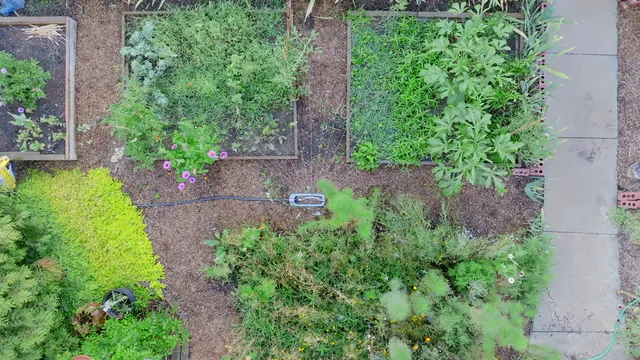
Choosing the Right Plants
Selecting the right companion plants is crucial for maximizing your garden’s potential. Here are a few beneficial plant pairings to consider:
- Tomatoes and Basil: This classic duo not only enhances the flavor of your tomatoes but also protects them from pests like aphids.
- Carrots and Onions: These two work together beautifully, as onions deter carrot flies while carrots keep onion flies at bay.
- Corn and Beans: Beans are nitrogen fixers, enriching the soil for corn, while corn provides a natural trellis for the climbing beans.
- Cucumbers and Radishes: Radishes can help deter cucumber beetles, providing a protective layer for your cucumbers. Consider using a Vertical Garden Planter to maximize your space.
- Basil and Peppers: Basil not only enhances the flavor of peppers but also repels spider mites and aphids.
These combinations can lead to healthier plants, improved yields, and a more vibrant garden. Experiment with various pairings to see which work best in your unique growing conditions.

Avoiding Bad Combinations
While many plants thrive together, others can be detrimental to each other. Avoid pairing these plant combinations to ensure a successful garden:
- Beans and Onions: These two do not get along, as onions can stunt the growth of beans.
- Tomatoes and Potatoes: Both plants are susceptible to blight, so planting them together can increase the risk of disease.
- Cucumber and Aromatic Herbs: Cucumbers often struggle when planted near strong-smelling herbs like sage or rosemary, which can inhibit their growth.
- Carrots and Dill: Dill can stunt carrot growth, so it’s best to keep them apart.
By understanding which plants to avoid, you can prevent potential issues that may hinder your garden’s success. Careful planning and knowledge about plant relationships will help you create a flourishing vegetable garden filled with high-yielding companions. Don’t forget to document your experiences in a Gardening Journal!
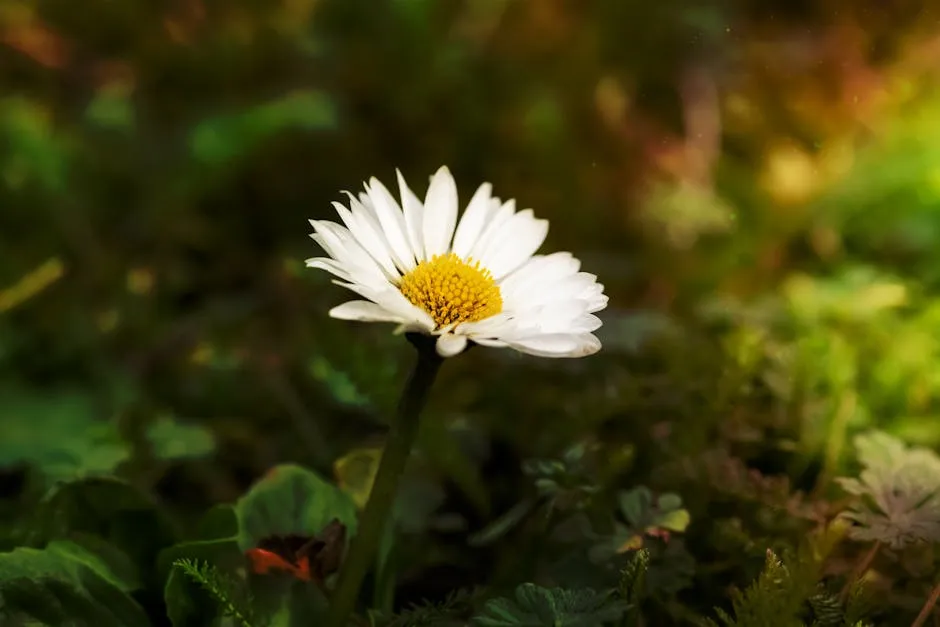
Companion Planting Combinations
Now that you have the basics of companion planting down, let’s look at some effective combinations that can transform your garden into a productive paradise.
Vegetable Pairings
- Tomatoes and Basil: Not only does basil repel pests, but it also enhances the flavor of tomatoes.
- Carrots and Onions: This duo protects each other from flies that target their respective crops.
- Cucumber and Radishes: Radishes deter cucumber beetles while aerating the soil for cucumbers.
- Beans and Corn: Beans fix nitrogen for corn while using it as a natural trellis.

Herbs and Flowers
Certain herbs and flowers can be excellent companions for vegetables, enhancing growth or deterring pests. Consider these combinations:
- Marigolds: These bright flowers attract beneficial insects and can deter harmful pests such as nematodes.
- Dill: This herb attracts ladybugs, which feast on aphids, making it great for protecting vulnerable crops.
- Nasturtiums: Known for their vibrant colors, nasturtiums attract aphids away from other plants, acting as a trap crop.
Incorporating these companion planting combinations into your garden will not only promote healthier plants but will also increase the potential for higher yields. With a little planning and creativity, your vegetable garden can flourish and provide a bountiful harvest!
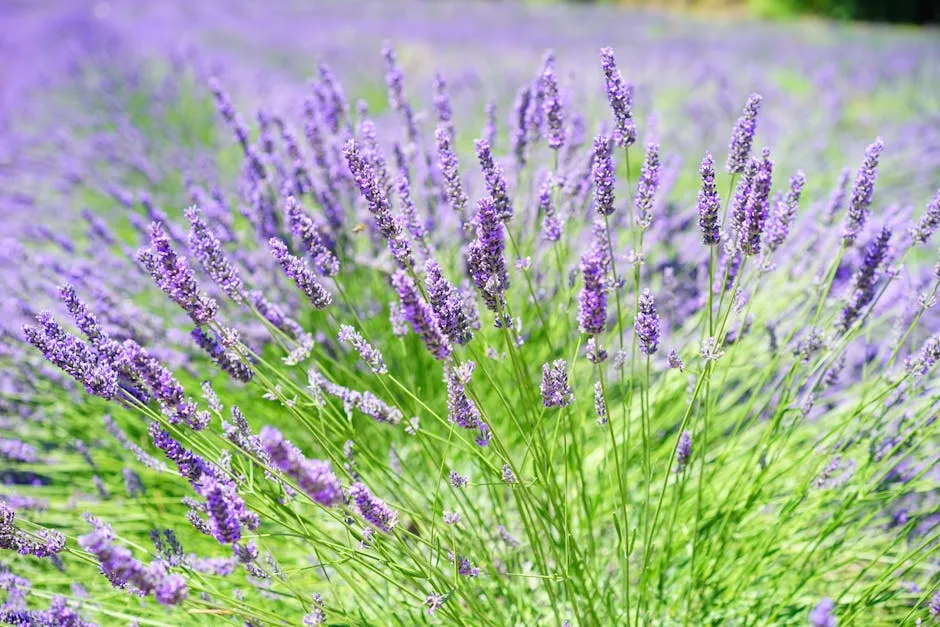
Conclusion
Incorporating companion planting into your gardening routine isn’t just about growing vegetables; it’s about fostering a vibrant ecosystem that thrives on collaboration. By understanding the relationships between plants, you can unlock the full potential of your garden. This method enhances yields and creates a sustainable environment for your crops to flourish.
Imagine walking through your garden, surrounded by flourishing plants working together like a well-rehearsed dance. With tomatoes and basil creating a flavor explosion, or beans enriching the soil for corn, the possibilities are endless. Your garden can be a place of beauty and productivity, all thanks to these plant partnerships. If you’re curious about more gardening techniques, consider checking out the The Vegetable Gardener’s Guide to Permaculture.
So grab your gardening gloves, get your hands dirty, and start experimenting with these combinations today. Remember, every plant has its unique personality, and finding the right companions will take some trial and error. But fear not! Your vegetable garden will reward your efforts with bountiful harvests, delicious flavors, and a sense of accomplishment. Happy gardening!

FAQs
What is the best companion for tomatoes? Tomatoes love the company of basil, which not only enhances their flavor but also helps repel pests. Other great companions include marigolds, which deter nematodes, and carrots, which provide a beneficial habitat. On the flip side, keep tomatoes away from potatoes and corn, as they can attract the same pests.
Can I plant different vegetables together? Absolutely! Many vegetables thrive when planted together. However, some combinations are more compatible than others. For instance, carrots and onions make great neighbors, while beans and onions do not. Always research the specific needs and compatibility of each plant to avoid potential issues.
How do I know if my plants are compatible? To determine compatibility, consider factors like growth habits, nutrient needs, and pest susceptibility. Online resources, gardening books, and community advice can provide valuable insights. Observing your plants’ growth and interactions will also help you identify the best companions over time.
What should I avoid when companion planting? Common pitfalls include planting incompatible species too close together. For example, avoid pairing beans with onions, as they can stunt each other’s growth. Also, be cautious of plants that attract the same pests or share diseases, such as tomatoes and potatoes. Research and observation are key to successful companion planting!
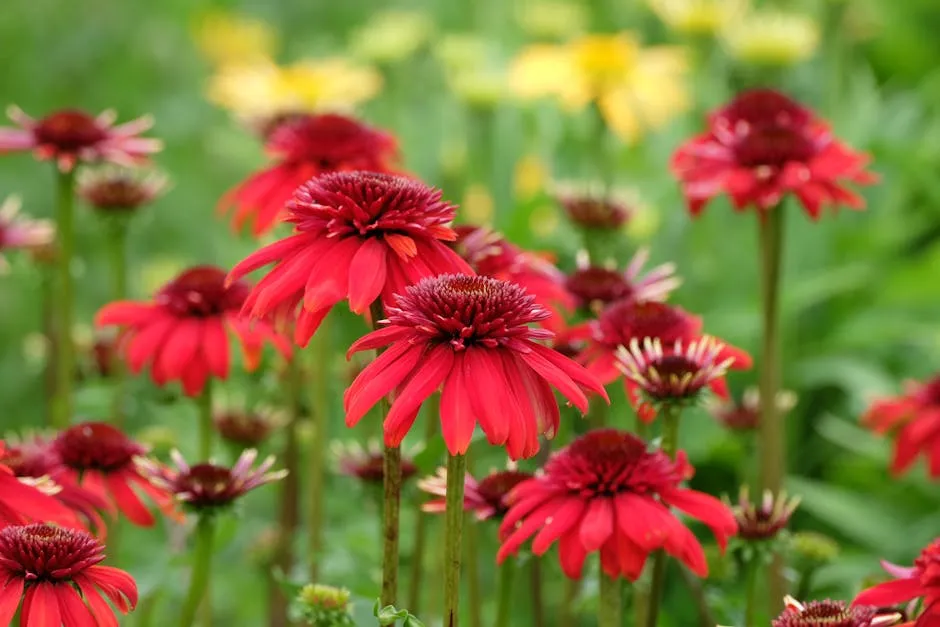
References
For those keen to dive deeper into the world of companion planting, there’s a treasure trove of resources available. Here’s a curated list to guide you on your journey of maximizing vegetable yields through smart plant partnerships:
- “Carrots Love Tomatoes” by Louise Riotte This classic book delves into the fundamentals of companion planting, providing insights on which plants thrive together and which to avoid.
- Mother Earth News Companion Planting Guide An extensive online resource that offers detailed charts and articles on various plant combinations, pest control strategies, and garden planning tips.
- “The Vegetable Gardener’s Guide to Permaculture” by Christopher Shein This guide combines companion planting principles with permaculture techniques, promoting a sustainable approach to gardening.
- The Old Farmer’s Almanac Their website features a comprehensive companion planting chart, along with articles that explore the benefits of planting specific crops together.
- “The Garden Primer” by Barbara Damrosch A great read for gardeners of all levels, this book contains valuable information on vegetable gardening, including sections on companion planting and best practices.
- Online Gardening Forums and Communities Websites like Reddit’s gardening subreddit or local gardening groups on Facebook can provide personal anecdotes, tips, and peer support for companion planting experiments.
- YouTube Channels Channels such as “Garden Answer” or “Epic Gardening” frequently cover companion planting strategies through engaging videos that demonstrate practical techniques in real gardens.
- University Extension Services Many universities offer free resources on gardening, including companion planting guides tailored to local climates and conditions. Check out your local extension service for specialized advice.
- Gardening Blogs Websites like Our Happy Hive and Hippie Billy Homestead share personal experiences, tips, and tricks for implementing companion planting in various settings, from small gardens to large homesteads.
- Seed Catalogs Companies like Baker Creek Heirloom Seeds and Seed Savers Exchange often include planting tips and companion planting suggestions in their catalogs, which can be a fantastic resource for selecting compatible varieties.
These references will provide you with a wealth of knowledge, enabling you to create a flourishing vegetable garden through the art of companion planting. So, grab a book, browse a website, or watch a video, and get ready to transform your garden into a bountiful haven! Happy planting!
Please let us know what you think about our content by leaving a comment down below!
Thank you for reading till here 🙂
All images from Pexels



